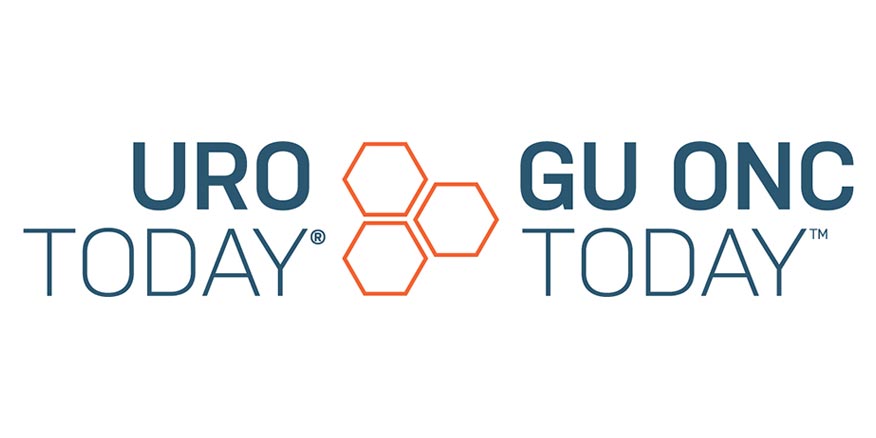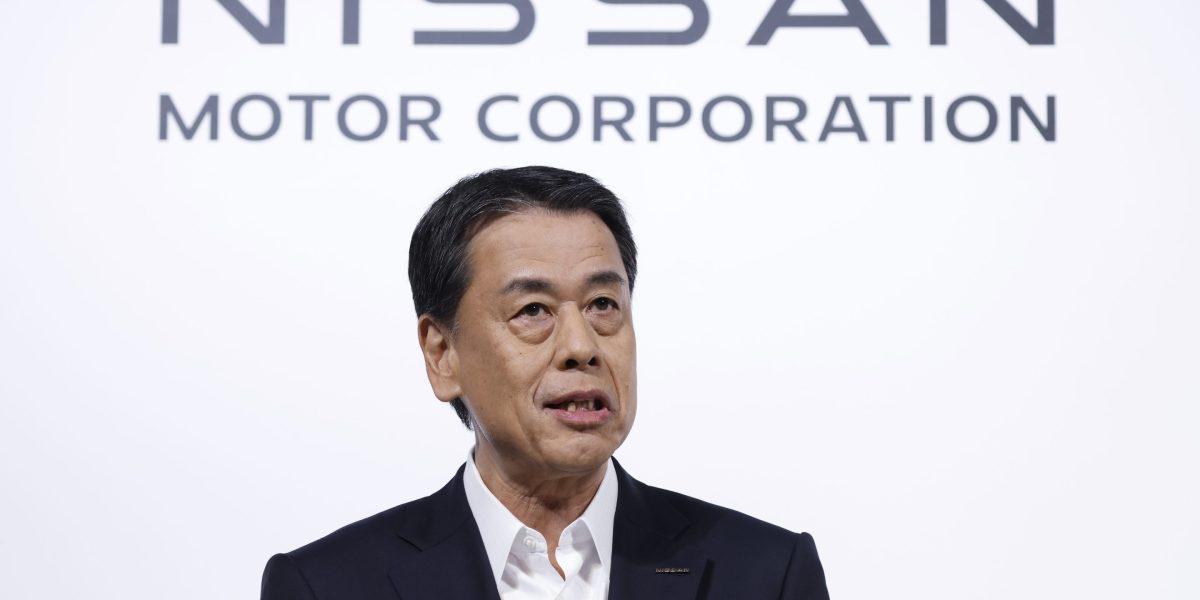Eco-Friendly Boom: The Sustainable Toys Market's Ascent

The global sustainable toys market is experiencing significant growth, poised to become a major sector within the wider toy industry. A recent report by HTF Market Intelligence projects a substantial increase, from a valuation of $12 billion in 2024 to $20 billion by 2032, representing a compound annual growth rate (CAGR) of 7%. This burgeoning market reflects a growing consumer awareness of environmental issues and a corresponding demand for more ethically sourced and eco-friendly products for children.
The report, a comprehensive 143+ page analysis, details the market's current state and future trajectory across various geographical regions and product categories. Key players identified within the competitive landscape include prominent brands such as Mattel, LEGO, Green Toys, PlanToys, Hape, Hasbro, VTech, Tomy, Goki, Janod, EverEarth, Tender Leaf Toys, Bigjigs Toys, Sprig Toys, and Bajo. These companies are increasingly incorporating sustainable practices into their manufacturing processes and product design.
The market is segmented by material type, encompassing recycled materials, organic fabrics, biodegradable plastics, and wooden toys. Further segmentation considers the target age group, including infants, toddlers, preschool children, and school-age children. Geographically, the report provides a detailed breakdown across North America, Latin America, Western Europe, Central and Eastern Europe, Northern Europe, Southern Europe, East Asia, Southeast Asia, South Asia, Central Asia, Oceania, and the Middle East and Africa.
Europe currently dominates the market, while the Asia-Pacific region is identified as the fastest-growing area, indicating significant future potential for expansion in this region. The definition of a "sustainable toy" within the report focuses on products manufactured using environmentally friendly materials and processes, prioritising child safety and enjoyment while minimizing environmental impact. Key trends highlighted include the increasing use of recycled content, a shift towards plastic-free packaging, and the emergence of subscription models for sustainable toys. However, challenges remain, including the higher production costs associated with sustainable materials, limited availability of certain resources, and price sensitivity amongst consumers.
The HTF Market Intelligence report employs a robust analytical framework, including a five forces analysis (assessing bargaining power of buyers and suppliers, threat of new entrants and substitutes, and competitive rivalry) and a PESTLE analysis (examining political, economic, social, technological, legal, and environmental factors influencing the market). This comprehensive approach provides a nuanced understanding of the market dynamics and potential risks and opportunities.
The report also addresses several key questions, focusing on the marketâs future growth trajectory, the strategies of leading players, and the key challenges and opportunities facing market participants. Detailed segmentation analysis is provided for different material types and age groups, along with regional breakdowns illustrating consumption, revenue, market share, and growth rates. The report concludes by summarising its key findings and offering insights for businesses operating within or considering entry into this dynamic and rapidly evolving market. Further information, including detailed regional breakdowns and individual chapter access, is available from HTF Market Intelligence.





